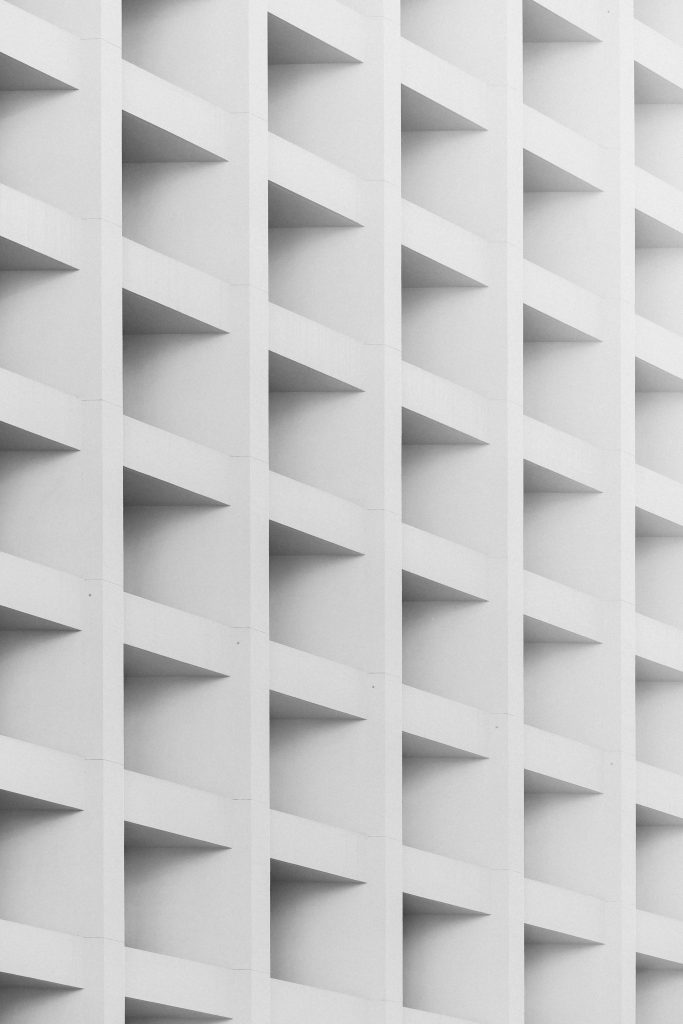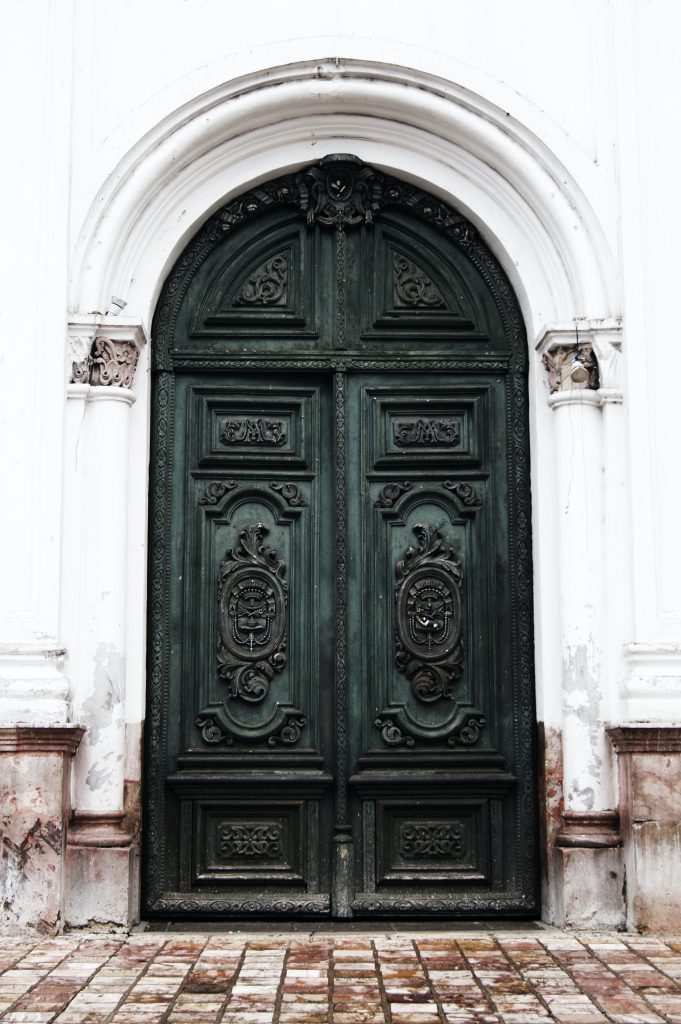Minimalism is a design movement that emerged in the 1960s and has since become a popular lifestyle choice. It is characterized by the use of simple, clean lines and a focus on functionality over ornamentation. Minimalist designs can be seen in architecture, art, fashion, and even technology, with a view of creating an aesthetic using minimal elements. However, in recent times, we can see that the concept of minimalism is being overused by architects and designers for public facilities and installations. Since minimalism offers a neutral, almost plain aesthetic, as opposed to ornamental, detailed designs that contribute to the environment around it, the question begs to be asked, is the devil really in the details?
One of the main principles of this concept is ‘living with less’ and is an effort to declutter congested spaces. But instead of transitioning the space from crowded to clean, still retaining facets of the space that adds character, minimalism takes the complete opposite route by taking away all these elements. When we strip away too much detail from an object or idea, we risk losing its essence entirely.

One of the reasons for adopting minimalist practices for homes and public facilities is to accommodate every person’s taste. The issue with adding details is that everyone has different tastes, so adding some detail to the instalment imposes, to some degree, something on the person. Thus, minimalism strips away all defining characteristics of objects and presents a clean, neutral view that cannot impose any judgement on anyone.
Minimalist designs often lack intricate details that add depth and character to a piece. This can result in a bland and uninteresting final product. While simplicity can be beautiful, it is essential to strike a balance between minimalism and detail. So when minimalism becomes the standard for everything, from benches to buildings, we find that there’s a decrease in aesthetics. Aesthetics that have been developed through cultural, religious and social experiences. The result of trying to please everyone is just a tame design which doesn’t evoke any sort of emotion nor does it add value.
Minimalism leads to a lack of personality and uniqueness. When everything looks the same, it becomes difficult to distinguish one product from another. This can also pose a problem for designers as it can be limiting in terms of creativity of innovation. By adhering strictly to minimalist principles, designers may miss out on opportunities for experimentation and exploration. A key principle of minimalism involves the use of negative space. This refers to the empty areas around an object or design element. By using negative space effectively, designers can create a sense of balance and harmony in their work. But it is of utmost importance to strike a good balance between aesthetics and functionality, while also maintaining uniqueness and creativity in their work.

With the potential of oversimplification, minimalism can contribute to a culture of disposability. When we prioritize simplicity over quality or durability, we create products that are easily replaceable and disposable. This mindset encourages waste and contributes to environmental degradation. Items are discarded without much thought or consideration for their environmental impact. Additionally, the constant need to replace items with newer, more minimalist versions can contribute to resource depletion and waste.
In conclusion, while minimalism may seem like a positive step towards sustainability and clean slates, it is important to consider its potential negative effects. It can promote the death of detail while slowly depleting the spaces’ roots in its culture. It is important to recognize the potential dangers associated with this approach and adopt more sustainable methods that cultivate a transitional approach to improvement for the future.





























